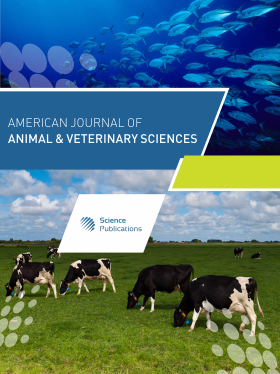SPECIE-SPECIFIC OUTCOMES OF WILD RAPTORS ATTENDED AT A WILDLIFE REHABILITATION CENTRE IN CATALONIA (1997-2005)
- 1 Centre de Fauna Salvatge de Torreferrussa, Spain
- 2 Universitat Autónoma de Barcelona, Spain
- 3 Campus Universitat Autònoma de Barcelona, Spain
Abstract
Outcome research of rehabilitation of wild birds of prey and owls are scarcely reported. The aim of this study is to investigate specie-specific outcomes of the rehabilitation practice in wild raptor attended in a wildlife center. A total of 6221 hospitalized wild raptors (3241 Strigiformes; 2980 Falconiformes) admitted at a Wildlife Rehabilitation Centre (WRC) of Catalonia from 1995 to 2007 were analysed. The outcomes indicators were based on ratios of Euthanasia (Er), Mortality (Mr), Release (Rr) and Captivity (Cr). Stratified analyses by main causes of admission were performed for the different raptor species. Species from the Falconiformes order presented higher rates of euthanasia (33.9%) compared to the Strigiformes (18.6%). Species like B. buteo (45.7%) and M. migrans (47.6%) in the Falconiformes and B. bubo (33.6%) in the Strigiformes, presented the highest Er. Despite no differences between orders could be observed in the row mortality rates, data analysed by the causes of admission showed that the Mr of owls was significant higher than the Falconiformes for the trauma (13.2%; χ2 = 49.97; p<0.001), non trauma (12.7%; χ2 = 17.41; p<0.001) and orphaned young categories (4.9%; χ2 = 5.4; p = 0.02). The release rate was similar between orders. Based on species, G. fulvus (69.2%), C. aeruginosus (56.3%) and A. gentillis (43.1%) in the Falconiformes and O. scops (48.5%) in the Strigiformes showed the highest Rr. In the orphaned young category owls had better Rr than the diurnal raptors, being S. aluco the specie with the best rates of release (84%), whereas B. bubo had the worst values (50%). Specie-specific differences were found in the rehabilitation outcomes according to the different causes of admission. The stratified analysis of outcomes can be useful in order to to identify specie-specific risk factors.
DOI: https://doi.org/10.3844/ajavsp.2014.19.27

- 5,992 Views
- 5,170 Downloads
- 5 Citations
Download
Keywords
- Wild Raptor Species
- Wildlife Rehabilitation
- Specie-Specific Outcomes
- Quality Indicators
